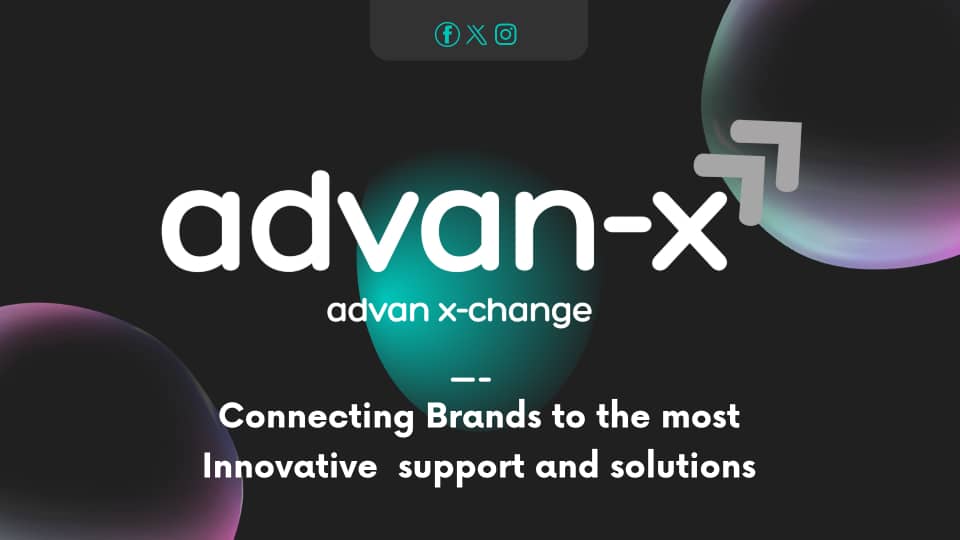Small-scale businesses are privately held companies that usually start out with little funding, employ a small staff, and conduct independent operations in a small geographic area. No matter their sizes small firms should spend money on advertising to establish brand awareness among a wider audience if they want to increase revenue and clientele swiftly. There are numerous techniques to promoting that your small business can choose from. You can concentrate on digital advertising networks such as Google AdWords, YouTube, Facebook, Twitter, and LinkedIn. Alternatively, you might go with more conventional forms of advertising like local TV, radio, and newspapers. A small firm can achieve a significant return on investment and acquire valuable new business by wisely investing in advertising.
Seven Forms of Promotion for Small Companies
It is important for small businesses to select advertising formats that align with their business strategy and budget in order to increase income through advertising. The following are some of the top ways that small businesses advertise their goods, services, or content:
1. Advertising on Social Media Small businesses frequently choose social media advertising since it’s reasonably priced and allows for extreme audience targeting flexibility. If you run a retail store, for instance, you may utilize ad targeting tools to limit the audience so that your social advertising are only seen to members of a specific demographic who reside within a specific mile of your store. You can choose from a few different social media sites for social media advertising, such as:
Facebook: Due to its extensive user base and the comparatively inexpensive cost of its advertisements, Facebook is a fantastic alternative for most small businesses looking to advertise. Based on the research we carried out, of the adult population in Nigeria, over 70% use Facebook, and of them, approximately 75% log in at least once a day. Facebook offers a variety of ad units, such as lead generation, page likes, event responses, video advertisements, customer offers, carousel pictures, and more. Visit the Facebook Business page to find out more about Facebook advertising.
Instagram: Given that 60% of its one billion users are under 30, Instagram advertisements are a fantastic choice for small businesses who have a strong visual brand and want to reach younger consumers. Instagram’s ad units include picture, video, Stories, and carousel advertising, and it offers many of the same targeting options as Facebook. To increase website traffic, you should also have obvious call-to-action buttons on your page.
LinkedIn: LinkedIn advertising is often more costly than other social networks, but for small businesses using a business-to-business (B2B) sales model, it’s a wonderful choice because LinkedIn ads allow you to target professionals with particular job titles and in particular industries. On LinkedIn, there are over 560 active professionals.
2. Click-Per-Click Marketing Online advertisers who employ pay-per-click (PPC) advertising must fork up a certain amount each time a user clicks on one of their adverts, typically found using a search engine. In the search engine, advertisers bid on ad spots, indicating the highest amount they are prepared to spend for a user to click on their advertising. You will not be charged if someone views your advertisement but chooses not to click on it. PPC advertising is most frequently done on Google Ads and Bing Ads. Search engine marketing includes PPC advertising (SEM). It might be a really wise choice.
3. Mobile Promotion Digital advertisements that are only displayed on mobile devices—such as smartphones and tablets—are referred to as mobile advertising. Among the things that mobile advertising can include: Display adverts on mobile devices Mobile-friendly search results Videos on mobile devices Mobile app advertisements are designed to encourage brand app downloads. Only mobile devices are used to see social media adverts. For your small business, implementing a mobile advertising plan can be beneficial. The majority of adult consumers (84%) under 30 years old who shop online do it using a mobile device.
4. Print Promotion – Before the invention of digital advertising, print advertising served as small businesses’ main means of promotion. Currently, print ad earnings are declining, and if you operate a small business, you may discover that print advertising is far more expensive than digital and social media advertising. Additionally, it’s more challenging to gauge the effectiveness of your print advertising campaigns because it’s nearly hard to determine the proportion of readers who really visit your store or become customers after seeing your print ads. However, print advertising might still be a wise choice for your advertising budget if you are targeting older, less digitally connected customers or certain local companies. Print advertising consists of magazine and newspaper adverts brochure and flyers.
5. Television and Radio Commercials Mass-market media, such as radio and television, are included in broadcast advertising. Although local TV and radio stations may offer more economical broadcast advertising, particularly for TV commercials, to small businesses, the audience may be highly relevant to your local enterprise. The length of the commercials (longer TV and radio commercials will cost more to air), the frequency at which they run, and the time of day they air all affect how much broadcast advertisements cost. You should also account for the expense of making the advertisements, as creating quality TV commercials may be highly costly.
6. Out-of-home Advertising: Non-Home Promotion Any form of advertising that reaches people when they are outside of their homes is referred to as outdoor or out-of-home advertising. This covers advertisements on billboards, digital signs, street furniture, transit (such as bus shelters, trains, subway stop ads, etc.), and sports arenas. Make sure out-of-home advertising is within your advertising budget because it might be highly costly.
7. Email Marketing – Due of their greater image flexibility, small firms are particularly well-positioned to gain from email marketing. Smaller businesses, on the other hand, are better suited to cultivate trust with local clients more quickly than larger organizations, which might find it more difficult to connect with smaller communities. Being as open, truthful, and transparent as possible with your clients is one of the most crucial email marketing strategies to keep in mind nowadays. Emails that are unsolicited or generic are becoming less popular since consumers nowadays are more receptive to natural approaches.
In conclusion, one marketing tactic that might help you connect with potential clients and persuade them to purchase your goods or services is advertising. You can expand your customer base with the aid of a successful advertising strategy. increase consumer awareness of your brand and business.
Oyetayo Sululoye (MCIM rpa, MNIM) is the Founder and Creative Director of Cogent






Comment
No comments found.